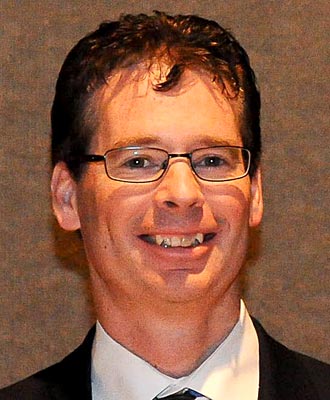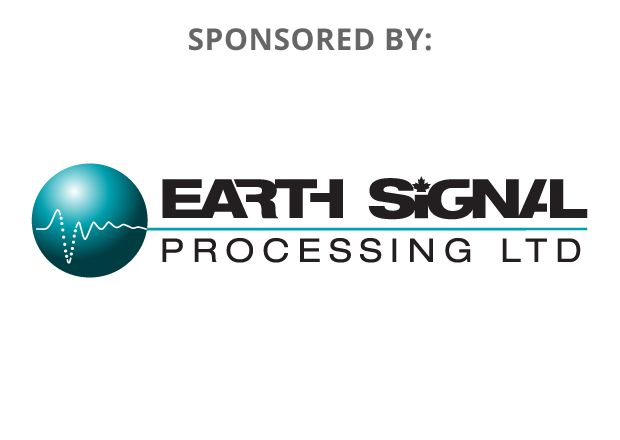Abstract
The modern geoscientist has access to an unrivaled depth of geoscientific knowledge. There seems to be a technique for everything, and an available level of detail to fit any issue. More articles, more ideas, more complex formulae, more everything. Famed geoscientists argue certain technical minutiae the way old theists would once argue how many angels fit on the head of a pin. The level of knowledge is at such a fine state that it would seem to be an embarrassment of riches if not for the fact that the modern geophysicist is seen to be less valuable now than ever before. This provocative statement – which will be left unproven – has at least some truth in most jurisdictions, and a lot of truth in North America. Here, many of us feel like Shelley’s Ozymandias, the technical master of all we survey except that we seem to survey a sandy and desolate ruin. Why are we not seen as adding value commensurate with our technical acumen? We need to consider the relationship between our geoscientific techniques, industry, and value.
Value from geoscientific information can only arise from its relevance to some objective, which in the case of industrial work, will be quantified as part of the concerns of the business of the industry. The concerns of industrial business are usually, or at least most directly economic, but they also may include concerns for safety and the environment. The value of the geoscientific information thus depends on its relevance to the things we care about, and the decisions that we make. This brings to mind three related things which we must manage in order for our geoscientific information to have the most value possible: first, that we have an objective, and scientific method for using our information in the decision making process, second that we apply critical (or rational) thinking in our comprehension and use of the massive body of geoscientific technique available to us, and thirdly that we understand what our business environment needs and values.
In order to bring these concepts together, we have to invest time in understanding not just our rich and expansive list of hyper-modern geophysical techniques, but we need to consider older ideas as well. Decision Analysis was popularized in the 1960’s and 1970’s, statistics have been in development since the ancient Greeks, and critical thinking or logic was also a product of the classical world. We may gain as much value from thinking about classical logic as we will from reading about the newest hyper-modern geophysical technique. But these two things alone will not be enough to make us the value generating machines we need to be; we will also need to apply all of our thoughts, from classical to hyper-modern, towards our current business environment and how we might be most effective within it. Without a doubt, our current business environment is unequivocally different from what it was even a few years ago. We need to consider what has changed and how our efforts need to change with it.
We will present two different examples of geophysical value arising from these kinds of thinking. The first example is a decision analysis problem that is framed through an understanding of geophysical reliability and the economics of pad drilling. The example may be broadly useful in demonstrating how geophysicist can interject their knowledge into day to day business decisions. The second example is concerned with mitigating drilling risk due to open fracture systems. The fracture risk example is relevant today due to the very high costs of drilling and completing wells; we cannot afford to miss an operational hazard. Here, we employ Mill’s Methods as a practical way of creating real value out of an often confusing plethora of fracture indicators. These examples will reinforce the philosophical notion that a knowledge of business and the use of classical reason are crucial in extracting value from our modern technology.
Biography
Lee Hunt was the 2011/2012 CSEG Distinguished Lecturer, and is one of the founding members of the Value of Integrated Geophysics (VIG) steering committee. Lee currently consults for Jupiter Resources Inc, where he holds the position of Senior Technical Advisor, Geophysics. He is an Ironman triathlete.
Lee graduated from the University of Alberta with a B.Sc. in geophysics in 1990, after which he started his career working for PanCanadian Petroleum Ltd. His experience ranges from interpretation to managing a business unit, and he has conducted numerous winter access only drilling campaigns in NEBC and Northern Alberta. He has drilled over 350 wells in most of the play types within the Western Canadian Sedimentary Basin. These drilling experiences include heavy oil, shallow gas, deep carbonate exploration, deep basin, Peace River Arch, Saskatchewan and Manitoba oil, and include vertical as well as horizontal drilling. His work has focussed on performing quantitative analysis of multiple attenuation, resolution enhancement, depth and geo-hazard predictions, AVO, AVAz, VVAz, curvature, and the prediction of fluid, lithology, porosity, fracture treatment characteristics, and production.
Lee and his co-authors won Excellence of Oral Presentation for the 1997 SEPM Convention, the 2000 CSEG Convention Best Paper Award, the 2008 CSEG Convention Best Geophysical Abstract, the 2008 CSEG Best Technical Luncheon Talk, the 2010 CSEG Convention Best Geophysical Oral Presentation, the Best Exploration Paper at VII INGPET in 2011, Honorable Mention for Best Paper in The Leading Edge in 2011, and Best Paper in the CSEG Recorder in 2011. He was a participant in the creation of the CSEG MLA, APEGGA’s Q.I. Practise Standard, as well as APEGGA's Guideline for the Ethical Use of Geophysical Data. Lee is one of the principle designers of the CSEG Value of Geophysics with Case Histories course.






